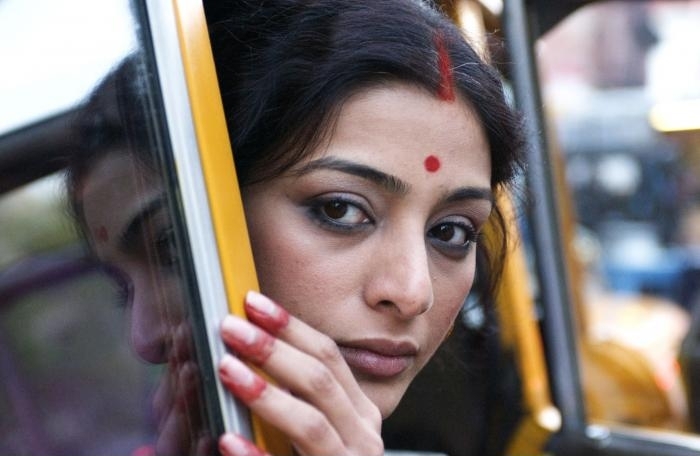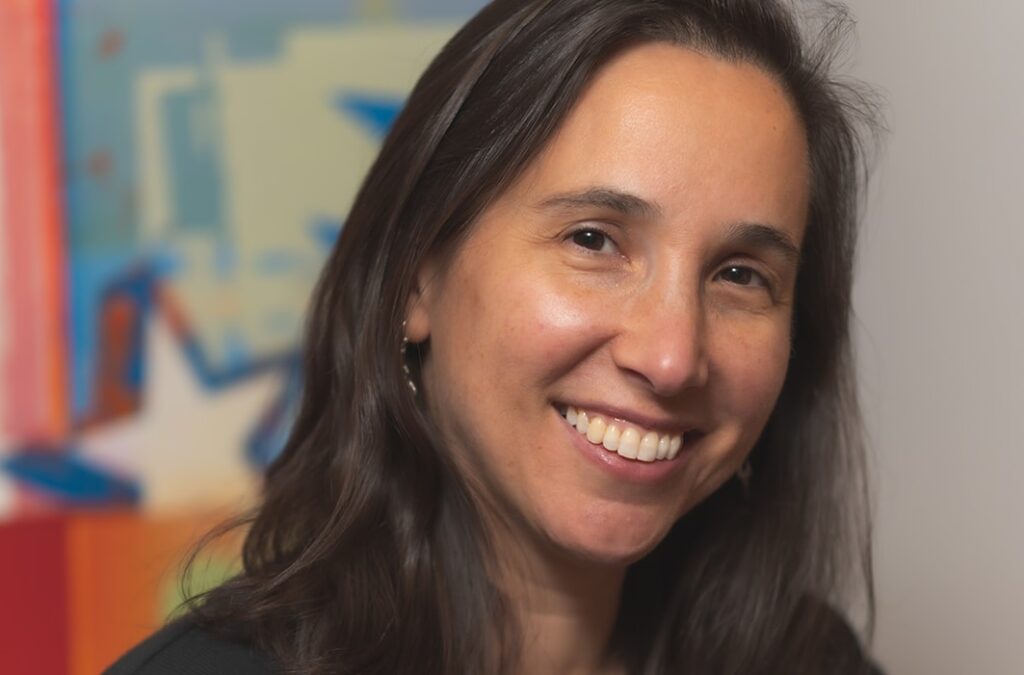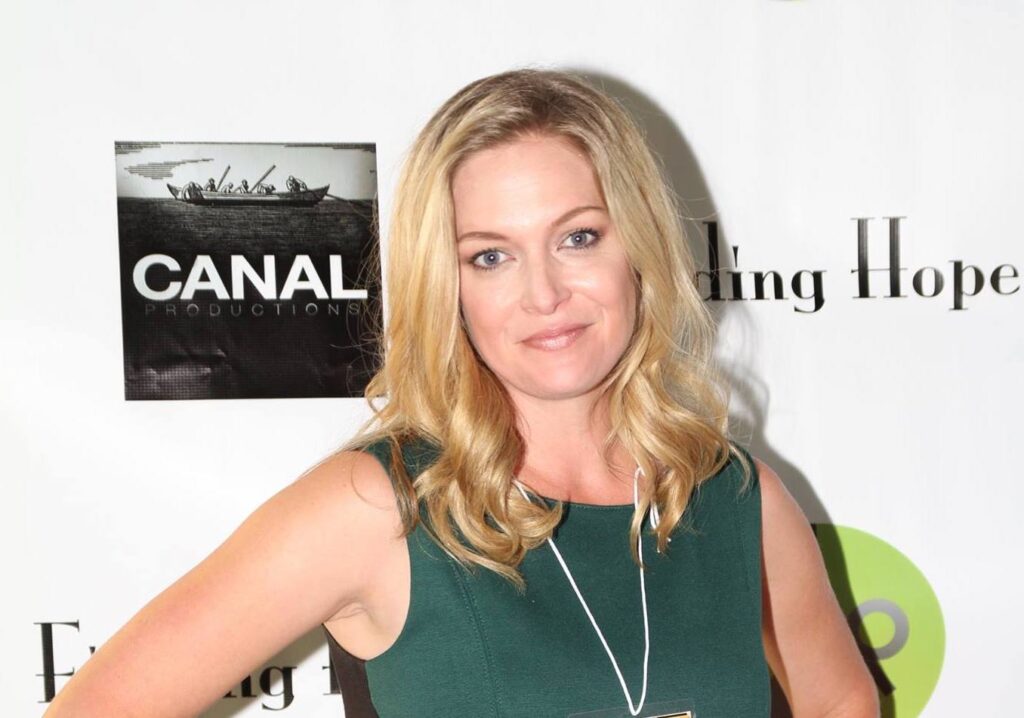Guest Post by Amardeep Singh
I’ve been fascinated by director Mira Nair since I first saw her 1991 film “Mississippi Masala,” a drama about the romance between an Indian immigrant (Sarita Choudhury) and an African-American man (Denzel Washington). It was a breakthrough Hollywood film for several reasons: both leads were played by people of color, it centered on an interracial relationship, and of course, it was directed by a woman who was herself an immigrant from India.
As an Indian-American kid growing up in the Washington, D.C. area in the 1980s, none of the Hollywood movies I saw had protagonists who looked like me — let alone Denzel Washington or Sarita Choudhury. As a young person watching “Mississippi Masala,” I also had no idea how rare it was to have an Indian woman — or any woman of color — direct a Hollywood studio film for mainstream release. It still is: According to research from Dr. Stacy L. Smith, just seven of the 1,223 directors to helm a top-grossing film from 2007-2017 were women of color.
Nair started out making independent documentaries set in India in the 1980s, but after her first fiction film “Salaam Bombay!” was released to resounding critical acclaim in 1988 (it nabbed an Oscar nod and won the Camera d’Or at Cannes), many of her movies have involved the Indian diaspora in some way. This is the angle I focused on in my recent book-length study of Nair’s work, “The Films of Mira Nair: Diaspora Vérité” (University Press of Mississippi, 2018). Since “Mississippi Masala,” Nair has made a series of important films telling the story of diasporic South Asians, usually with a strong feminist angle. Two that stand out are 2006’s“The Namesake” and 2012’s “The Reluctant Fundamentalist.” In both of these book-to-film adaptations, Nair reworked the plots of novels that were largely male-centered to emphasize women characters and women’s stories. The difference in “The Namesake” is particularly striking: in Jhumpa Lahiri’s novel, Ashima Ganguli is a supporting character, while in Nair’s adaptation she is essentially a co-lead, alongside her son, Gogol.
Nair’s best-known film might be 2001’s “Monsoon Wedding,” a cross-over hit Nair made in Delhi using a largely amateur cast, including members of her own family. The film focuses on a large Punjabi family that is, like many middle-class Indian families today, scattered all over the world. Family members from Australia, the United Arab Emirates, and the U.S. all come home for Aditi’s (Vasundhara Das) wedding to a prospective groom who is himself settled in Houston, Texas. Over the course of the film, power dynamics within a traditional Indian family structure are tested when old secrets are exposed. As in much of Nair’s work, the women of “Monsoon Wedding” stand up for one another, and the men in their lives do, too. The key instance of this might be the climactic moment in the film when Ria Verma (Shefali Shah), who had been abused as a child by her uncle, publicly confronts him as he appears to be grooming another young girl in the family for sexual abuse. She asks the abuser’s brother-in-law — a man who has raised her as his own daughter — to support her, and he does.
Throughout a very distinguished career, Nair has retained a commitment to a documentary realist aesthetic — the sense of everyday life on the streets, whether those streets are in New York City, Kampala, or Mumbai. Her version of “Vanity Fair,” for instance, pays attention to the seedy London underworld that Reese Witherspoon’s Becky Sharp comes from as well as the rarefied nobility Becky comes to know as she rises up the social ladder.
In my book, I discuss how remarkable it is that so many of the women whose stories Nair tells end up migrating from one place to another. Many of them are, like Nair herself, Indian migrants, but there are other migration stories as well. Nair’s “The Perez Family,” for instance, tells the story of Cuban migrants in the 1981 Mariel boatlift. Marisa Tomei shines as Dorita Perez, a former Cuban sex worker looking for a new life in the U.S. “Vanity Fair” also becomes a kind of period piece about migration: after her fall from grace in England, Becky ends up displaced in Europe before finally ending up in India.
Nair has traveled around the world in her films — she’s told stories about Ugandan chess prodigies, about Indian and Pakistani immigrants in the U.S., and about women trying to break through the barriers of England’s class system. As I watched Nair’s whole body of work, I realized the significance of her female characters and their travels, too. Some of them move to escape from social constraints and various forms of oppression, others move for adventure, others move to realize their dreams. No matter the particular reason, Nair captures each story of migration, and the personal transformation that comes with it, using a documentary realist style that is grounded and matter-of-fact rather than melodramatic.
Going forward, Nair will helm the miniseries adaptation of Vikram Seth’s monumental novel, “A Suitable Boy,” for the BBC. Personally, I hope she continues to make films in the vein of what might be her greatest strengths, namely stories about women experiencing personal growth and cross-cultural encounters as they migrate from one place to another. Nair has already made her name doing this, but there are so many stories left to tell.
Amardeep Singh teaches in the English department at Lehigh University. You can follow him on Twitter @electrostani. “The Films of Mira Nair: Diaspora Vérité” is now available in paperback and eBook.







